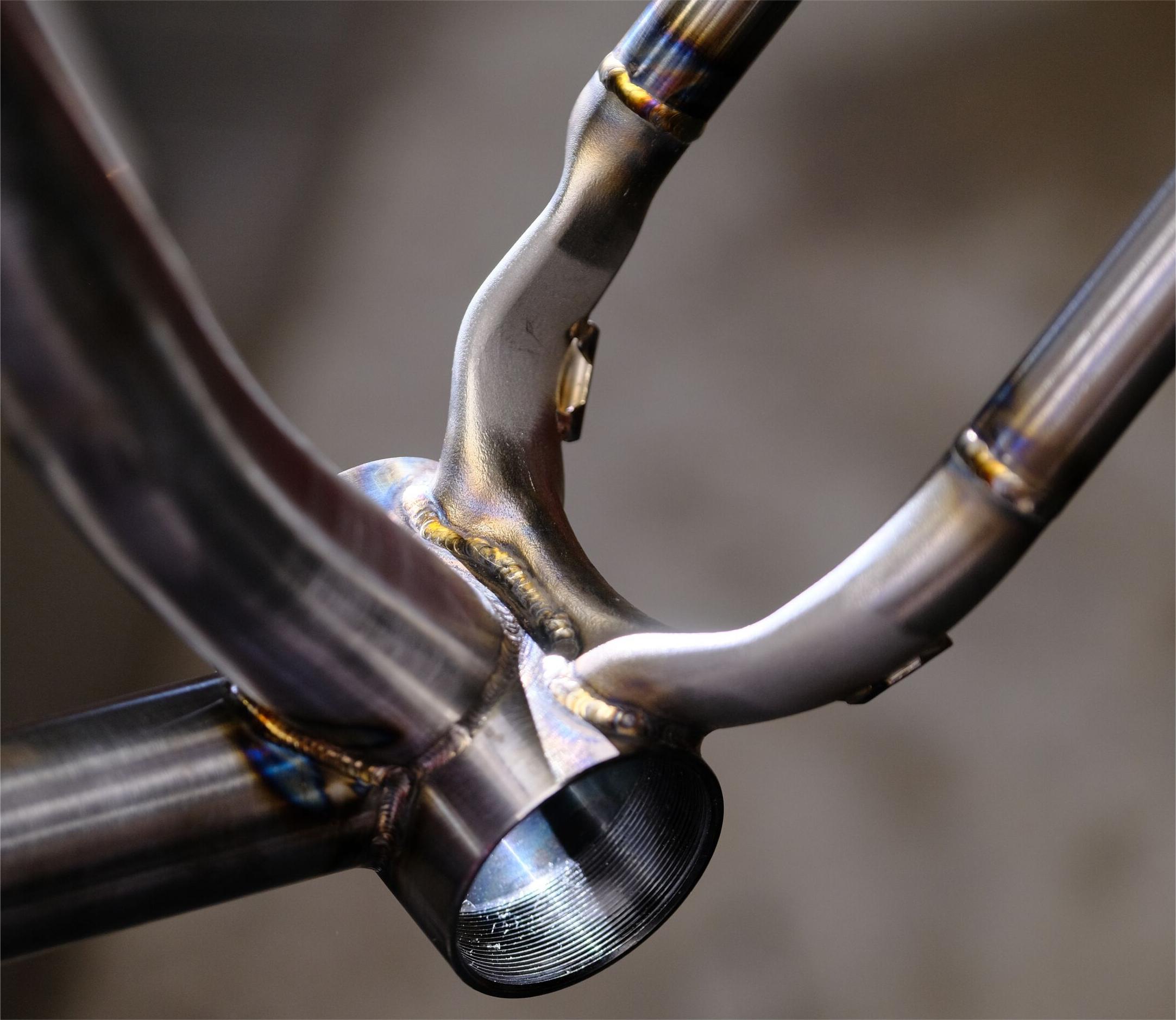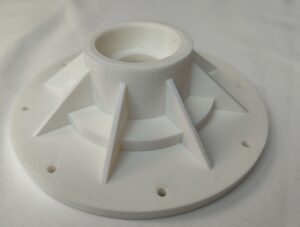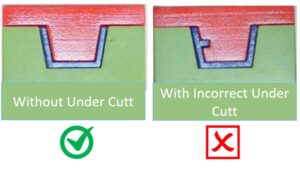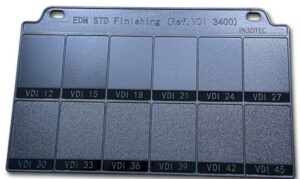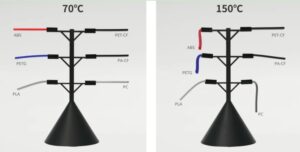Unveiling the Optimal 3D Printing Material for Bicycle Frames
Introduction:
With the integration of 3D printing technology in bicycle manufacturing, the way bicycle frames are processed and manufactured is changing. 3D printing is showing its advantages in the production of complex and marked curved parts. In addition, 3D printing can quickly manufacture some lightweight, durable and high-performance bicycle frames. The technology has been adopted by more and more bicycle enthusiasts in recent years. In this blog, we will explore the top 3D printing materials that have proven to be the best choice for manufacturing bicycle frame, thus revolutionizing the bicycle industry.
Titanium:
Titanium is an exceptional material for 3D printing bicycle frames due to its remarkable strength-to-weight ratio, corrosion resistance, and excellent fatigue properties. It offers a unique combination of lightweight structure and robustness, resulting in frames that deliver a smooth ride experience. Titanium frames are highly sought after by cyclists who prioritize comfort, durability, and long-term performance.
Aluminum(AlSi10Mg):
AlSi10Mg is an aluminum alloy that primarily consists of aluminum (Al), silicon (Si), and magnesium (Mg). The typical composition ranges are approximately 9-11% silicon, 0.2-0.6% magnesium, and the remainder being aluminum along with trace amounts of other elements.
Aluminum has long been favored in traditional bicycle frame manufacturing, and it continues to shine in the realm of 3D printing. Aluminum frames are known for their lightness, stiffness, corrosion Resistance, and affordability. 3D printed aluminum frames offer enhanced design possibilities, allowing for complex geometries and intricate structures. They are particularly suitable for riders seeking a balance between performance, cost-effectiveness, and durability.
316 Steel:
316L Steel is a popular stainless steel alloy that is widely used in various industries due to its excellent corrosion resistance and mechanical properties, it has a rich history in bicycle frame construction and still holds its ground as a viable option in the era of 3D printing.
Steel frames are renowned for their exceptional strength, durability, and compliance. The 3D printing process enables the creation of custom steel frames tailored to the rider’s specific needs, resulting in a comfortable and responsive ride.
17-4PH Steel
17-4PH steel is a precipitation-hardening stainless steel that can be used in the 3D printing of bicycle components. Here’s some information about 17-4PH steel and its relevance to 3D printing bicycle parts.
Composition: 17-4PH steel, also known as 17-4 stainless steel, is composed of iron (Fe), chromium (Cr), nickel (Ni), copper (Cu), and small amounts of other elements. The typical composition ranges are approximately 15-17.5% chromium, 3-5% copper, 3-5% nickel, 0-0.07% carbon, and the remainder being iron along with trace elements.
17-4PH steel can be used to manufacture various parts such as bike frames, handlebars, cranksets, and other structural elements. Its combination of strength, corrosion resistance, and 3D printability makes it a suitable choice for applications that demand lightweight, durable, and high-performance bicycle parts.
Which of these 3D printing materials has the lowest cost for making bicycle frame?
Aluminum alloy is the cheapest material among bicycle frame printing materials. Followed by 316 stainless steel and 17-4PH steel. Titanium alloy is the most expensive.
Which 3D Printing material should I choose to make a bicycle frame?
Comparing the properties of different materials is an important consideration when it comes time to select a suitable material. Here is a sample performance comparison table for your reference:
Material Name | Density | Yield Srength (Mpa) | Tensile Strength (Mpa) | Elongation After Fracture (%) | Machinability |
Titanium | 4.5g/cm^3 | 1000 | 1050 | 10 | Good |
Aluminum (AlSi10Mg) | 2.7 g/cm^3 | 300 | 450 | 4 | Excellent |
316L Stainless Steel | 7.95g/cm^3 | 550 | 600 | 34 | Excellent |
17-4PH Steel | 7.95g/cm^3 | 1235 | 1340 | 13 | Excellent |

Conclusion:
Choosing the best 3D printing material for bicycle frames involves considering factors such as strength, weight, stiffness, durability, and cost. Titanium, aluminum, steel, and have all showcased their prowess in 3D printing, each offering distinct advantages for different cycling preferences and riding styles. As 3D printing technology continues to advance, further material innovations and hybrid solutions will emerge, pushing the boundaries of bicycle frame design and performance to new heights.

